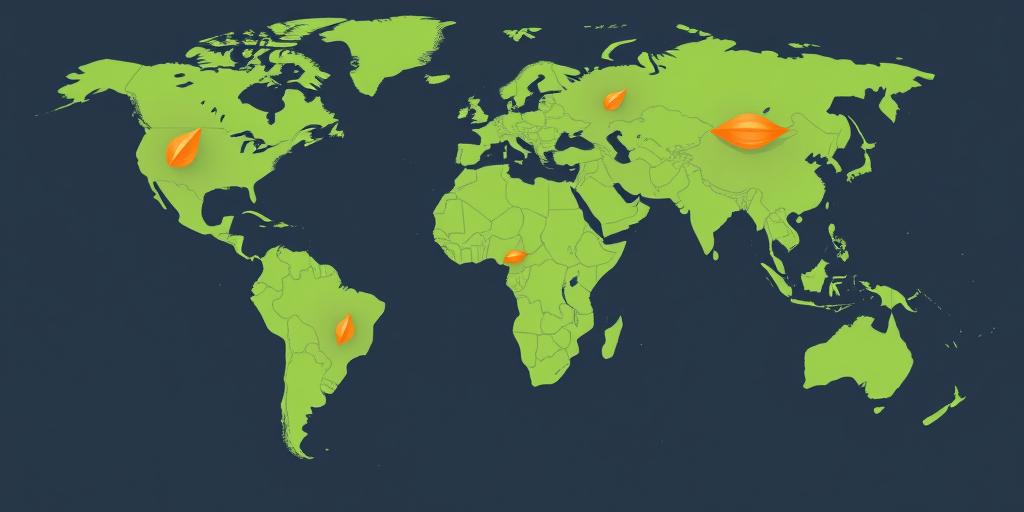Resource Distribution and World Economic Stability
The equitable distribution of resources is a cornerstone of global economic stability. When resources are concentrated in the hands of a few, or when certain regions are systematically disadvantaged in accessing essential commodities, it can lead to significant economic imbalances. These imbalances can manifest as financial crises, political instability, and humanitarian crises.
Understanding Resource Distribution
Resource distribution encompasses a wide array of assets, including:
- Natural Resources: Oil, gas, minerals, water, and arable land.
- Capital Resources: Financial assets, infrastructure, and technology.
- Human Resources: Labor, skills, education, and healthcare.
The efficient allocation of these resources is crucial for sustainable economic growth. When resources are mismanaged, underutilized, or unfairly distributed, it can hinder development and exacerbate inequalities.
Impact on Economic Stability
The uneven distribution of resources can have several adverse effects on world economic stability:
- Increased Inequality: Concentrated wealth leads to disparities in income and opportunities, creating social unrest and hindering long-term economic growth.
- Market Distortions: Monopolies or oligopolies controlling key resources can manipulate prices, creating instability in global markets.
- Geopolitical Tensions: Competition for scarce resources can lead to conflicts between nations, disrupting trade and investment flows.
- Environmental Degradation: Overexploitation of natural resources can lead to environmental damage, impacting agricultural productivity and overall economic well-being.
Strategies for Equitable Resource Distribution
Addressing these challenges requires a multifaceted approach:
- Promoting Fair Trade: Ensuring that developing countries receive fair prices for their resources and products.
- Investing in Education and Healthcare: Building human capital to create a skilled workforce that can drive economic growth.
- Strengthening Governance: Implementing transparent and accountable governance structures to prevent corruption and ensure resources are used effectively.
- Encouraging Sustainable Development: Promoting practices that balance economic growth with environmental protection.
- International Cooperation: Fostering collaboration among nations to address global challenges related to resource scarcity and distribution.
Conclusion
Resource distribution plays a critical role in shaping world economic stability. By promoting equitable access to resources, investing in human capital, and fostering international cooperation, we can create a more sustainable and prosperous future for all. Addressing these challenges is not only an economic imperative but also a moral one. As we move forward, it is essential to prioritize policies that promote fair and efficient resource distribution to ensure global economic stability and shared prosperity.









